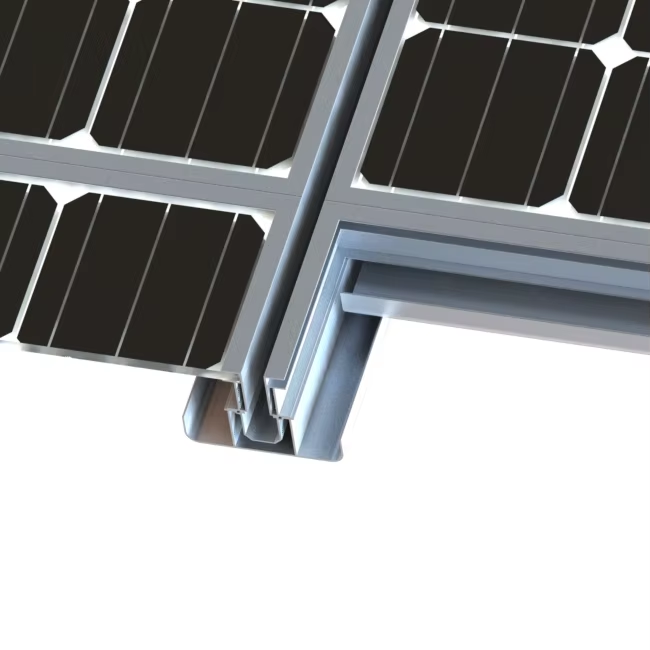The solar walkway is a innovative solution that merges pedestrian pathways with solar energy generation, offering ecological and economic advantages. Sunforson, with its SunRack brand, produces these systems for use in residential, commercial, and public settings. A practical example is a solar walkway in a Nigerian market area, which provided lighting for vendors and reduced crime rates while generating surplus power for local shops. Constructed from durable materials like anodized aluminum and polycarbonate, these walkways resist wear and tear from daily use. Sunforson's design process involves solar simulation software to optimize panel placement for maximum irradiance, ensuring high energy output. The systems are modular, allowing for easy expansion or relocation as needs change. Installation is quick, with bolt free connections that minimize tool requirements, making it accessible for communities with limited resources. Additionally, the walkways can include features like heated surfaces for snow melting in colder climates, though this is less common in Sunforson's typical markets. Sunforson emphasizes quality through rigorous testing, including load tests and thermal cycling, to meet international certifications. Their global network facilitates supply chain efficiency, reducing costs and lead times. The environmental impact is positive, as each walkway helps reduce greenhouse gas emissions and promotes renewable energy awareness. Sunforson also offers financing options to make these systems affordable for public projects. By collaborating with local governments, they have implemented solar walkways that align with regional sustainability goals. This approach has proven successful in Southeast Asia, where urban development is rapid. Solar walkways thus serve as a benchmark for integrating renewables into infrastructure, enhancing community resilience and quality of life. Sunforson's focus on customer feedback drives continuous improvement, ensuring their products remain competitive and effective.


